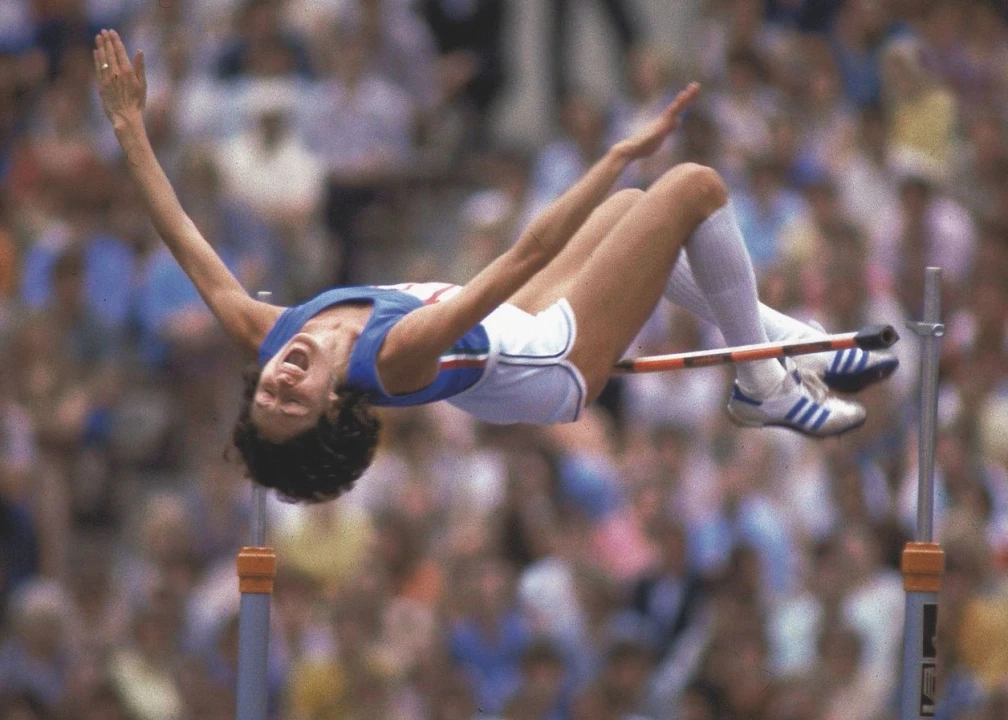Italy has a long tradition in athletics, one of the most loved and practiced sports in the peninsula since the beginning of the last century and until the '80s. The march is the specialty that has given the greatest satisfaction in the most important international competitions, starting from the Olympic Games.
From Ugo Frigerio's first Olympic gold medal, obtained in Antwerp in 1920, through Giuseppe Dordoni, Abdon Pamich, Maurizio Damilano to Alex Schwazer in 2008, Italian marchers have been among the greatest protagonists of world marching. Even in the sprint, where the British and Americans have always dominated the scene, there have been illustrious interpreters, such as Livio Berruti and Pietro Paolo Mennea, both Olympic champions of the 200 meters and world record holders of the distance.
Only three Italian women, however, have won an Olympic gold medal in athletics. The first was Trebisonda "Ondina" Valla at the Olympic Games in Berlin 1936, in the 80 hurdles, the last Gabriella Dorio in the 1,500 meters in Los Angeles 1984. Between the two, there was another Olympic champion, considered the strongest Italian female athlete of the 20th Century. She is Sara Simeoni, a high jump legend who became the undisputed queen at the world level in the 1980s. In the era in which the East Germans won medals easily, thanks to doping, as would be discovered after the opening of the state archives after the fall of the Berlin Wall in 1989, Simeoni was one of the few athletes in the world capable of dominating them.
Her incredible and unreachable sporting career began 40 years ago. Born in 1953 in Rivoli Veronese, a small town in the Veneto region, a lover of ballet and painting, she began as a child to practice athletics, winning the first high jump competition in which she participated when she was only thirteen years old.
On August 12, 1971, at the age of eighteen, she made her debut in an international competition, the European Championships in Helsinki, Finland. She finished the competition with a jump of 1,78 meters, setting the Italian record, the first of an endless series of records that will be broken only after 36 years. Her career started to take off soon, also thanks to a countertrend choice at the time. The high jump had been done for centuries by jumping the bar frontally, until 1968, at the Olympic Games in Mexico City, a 21-year-old from Portland (OR), Richard Douglas "Dick" Fosbury, won the gold medal by jumping over the bar with his back.
It was the high jump revolution, but it took several years before athletes began to compete using the "Fosbury technique". In the period in which Sara Simeoni competed, the old technique was still used, while she chose to follow the path opened by Fosbury. So she began to win in every international competition. At the age of nineteen, in Helsinki, Finland, she participated in her first Olympic competition without obtaining great results. In 1976, at the Stade olympique of Montréal, Canada, she won the Olympic silver medal with 1,91 meters, surpassed by the East German Rosemarie "Rosie" Witschas-Ackermann, the first woman in the world able to overcome the measure of 2 meters. From 1977 to 1981, Simeoni was unbeatable in every competition and in 1978, first in Brescia and then in Prague, she set the world record by jumping 2.01 meters. She was the second woman in the world to exceed 2 meters, the first to do so using the "Fosbury technique". At the 1980 Moscow Olympic Games, she became the world queen of the specialty, winning the gold medal at the end of a perfect and exciting competition.
Thus she became the most famous and admired female athlete by the Italians. Her career in fact, did not end in Moscow. She continued to win everywhere, then in 1982 and 1983 she suffered two serious injuries and, being already thirty years old, everyone thought she would retire. Instead, in 1984, at the Olympic Games in Los Angeles, she returned to the platform and won the silver medal, jumping 2.00 meters, a measure almost impossible at her age and in the precarious physical condition in which she was.
After this medal, she became a legend of the sport and in 2014, on the occasion of the 100th anniversary of the birth of the Italian National Olympic Committee, she was elected as Italian "Female Athlete of the Century". She closed her career in 1986, after 15 years of activity, with 307 competitions played and 235 victories reported. No other Italian female athlete has been able to excite the fans as she did and even today no one has ever achieved her results.




